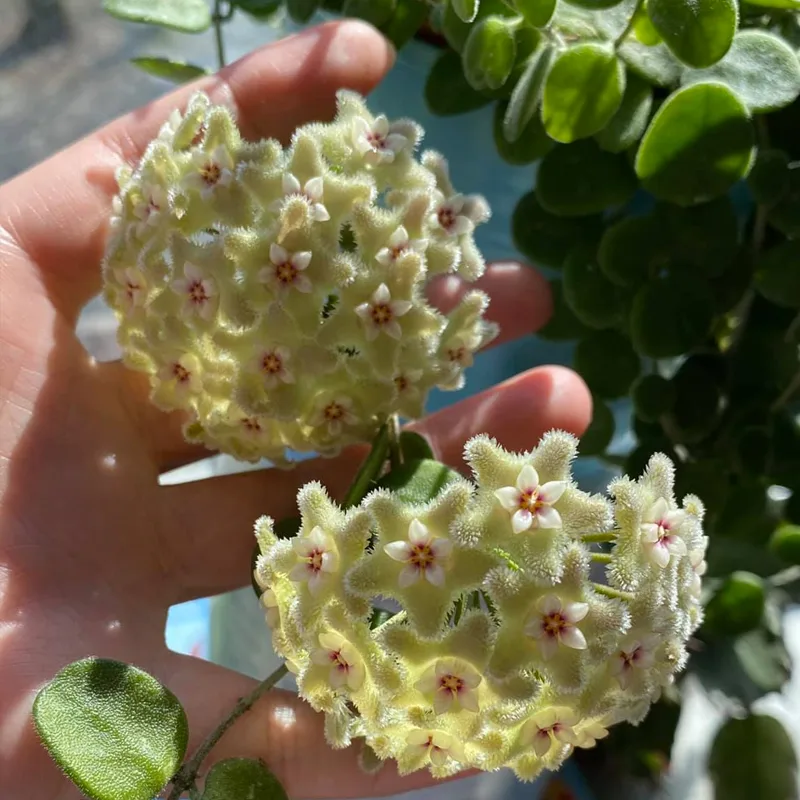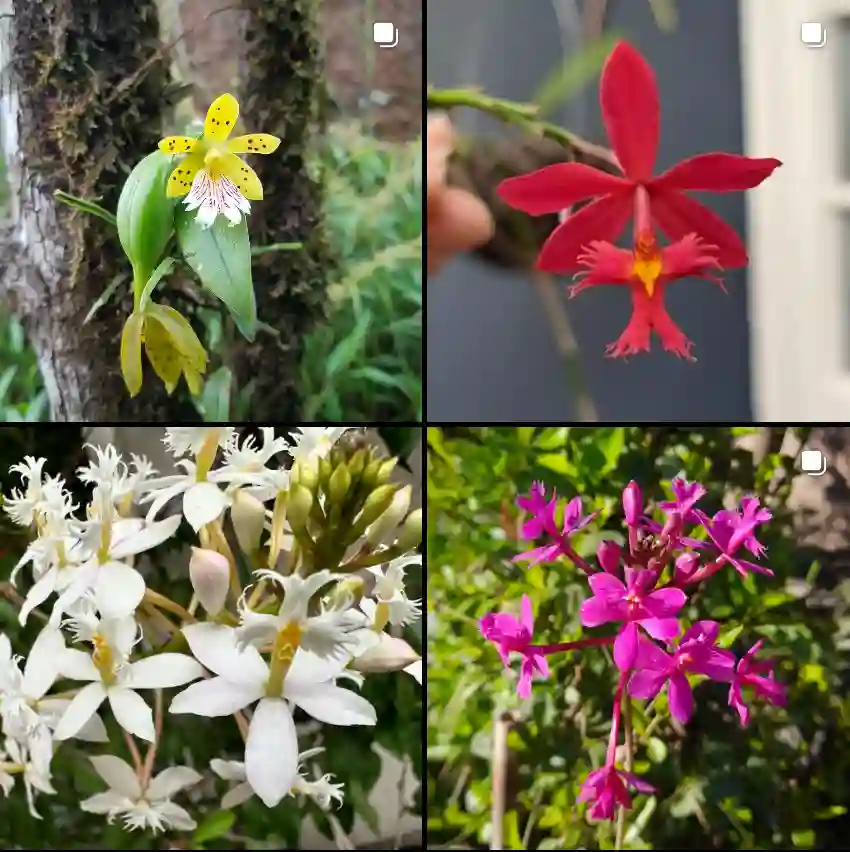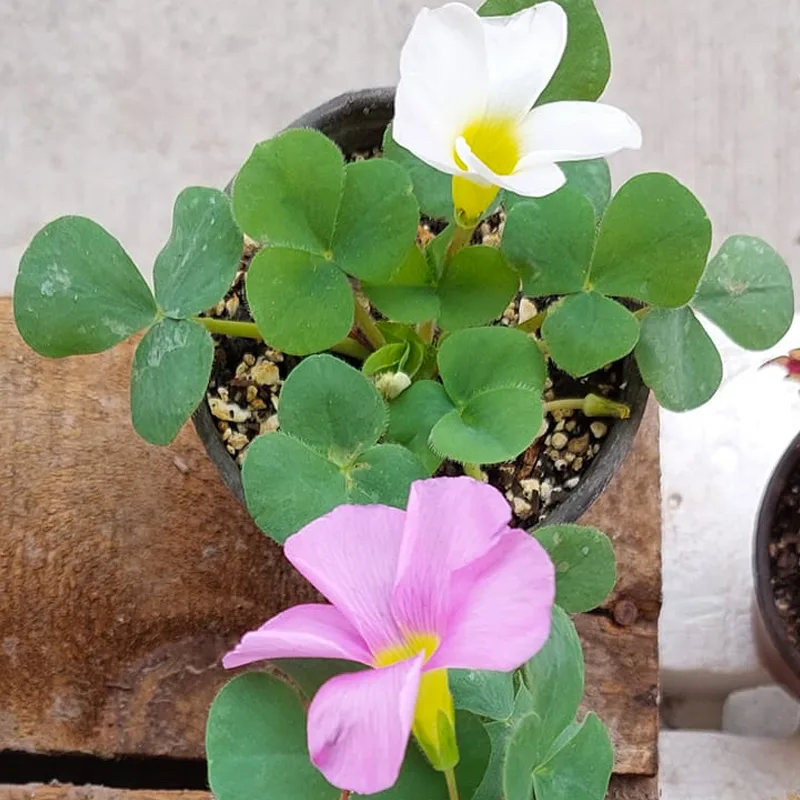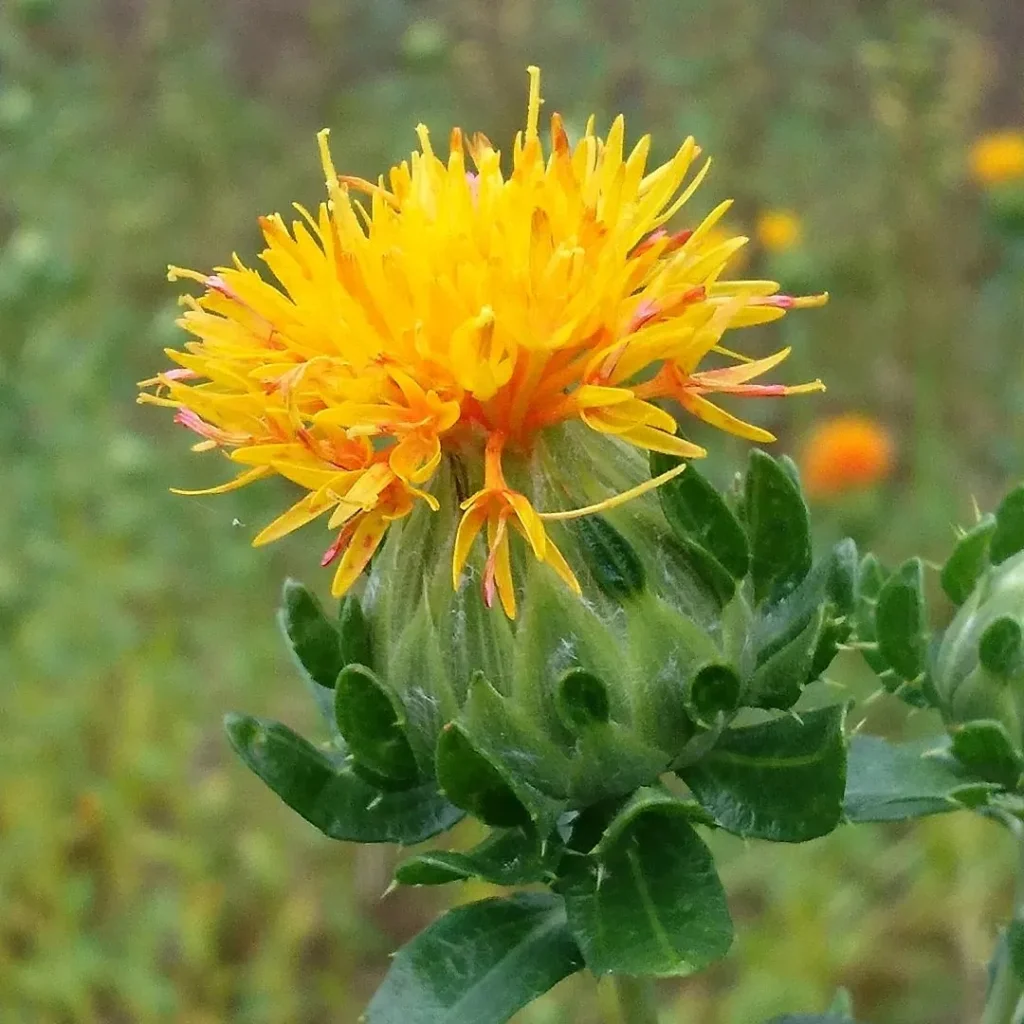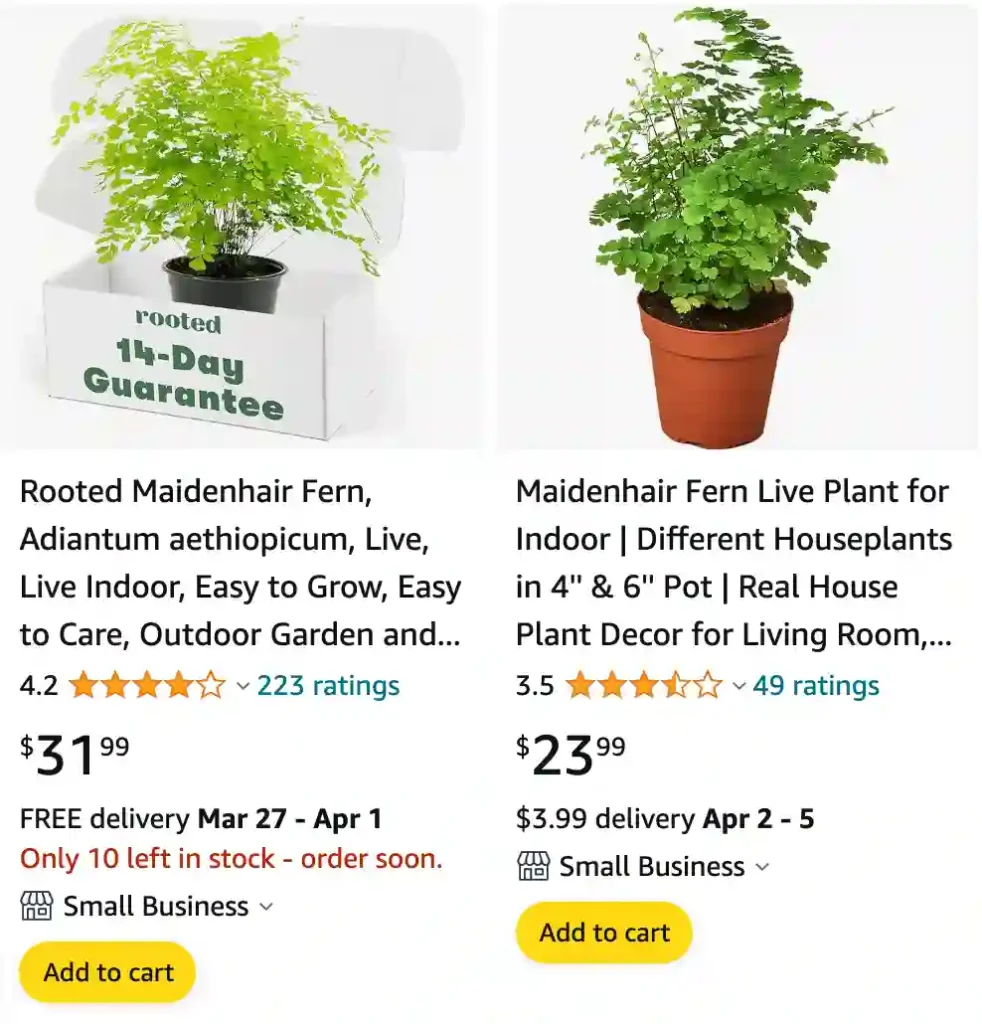
Adiantum Trapeziforme: Unveiling the Diamond Maidenhair Fern
Hi, Ferb Vu here! Today, we’re delving into the world of ferns and exploring the captivating Adiantum Trapeziforme, also known as the Giant or Diamond Maidenhair Fern. This tropical beauty has captured the hearts of plant enthusiasts with its delicate fronds and undeniable charm.
Whether you’re a seasoned plant parent or a curious newcomer, this FAQ will equip you with all the essentials for caring for your Adiantum Trapeziforme.
244 Species in Genus Adiantum – Maidenhair Fern
What is an Adiantum Trapeziforme?
The Adiantum Trapeziforme is a species belonging to the Adiantum genus, commonly referred to as Maidenhair Ferns. It’s native to the lush, humid rainforests of Central and South America. This fern boasts stunning, trapezoid-shaped fronds with a papery texture. The deep green color and the way light dances on the fronds have earned it the nickname “Diamond Maidenhair.”
Adiantum Trapeziforme vs. Other Maidenhair Ferns
There are over 200 species in the Adiantum genus, each with its own unique characteristics. Here’s a quick comparison of the Adiantum Trapeziforme with a couple of its cousins:
- Adiantum Capillus-Veneris (Venus Hair Fern): This fern is known for its incredibly delicate, hair-like fronds. Compared to the Trapeziforme, it has a more compact growth habit and requires even higher humidity levels.
- Adiantum Macrophyllum (Large Maidenhair Fern): This fern shares some similarities with the Trapeziforme, such as its trapezoid-shaped fronds. However, the Macrophyllum has a more robust and upright growth pattern.
Where can I buy an Adiantum Trapeziforme?
Finding an Adiantum Trapeziforme can be a bit more challenging compared to some common houseplants. Your best bet is to visit specialized plant nurseries or online retailers that cater to rare and exotic plants.
How do I care for my Adiantum Trapeziforme?
Here comes the fun part: nurturing your Diamond Maidenhair Fern!
- Light: While they appreciate some indirect sunlight, avoid harsh, direct sunlight which can scorch the fronds. Filtered light is ideal.
- Water: These ferns thrive in consistently moist soil. Aim to water deeply when the top inch of soil feels dry to the touch. Avoid overwatering, which can lead to root rot.
- Humidity: Mimicking their rainforest habitat, Adiantum Trapeziforme prefers high humidity levels (around 60-80%). You can achieve this by using a humidifier, placing the fern on a pebble tray filled with water, or grouping it with other humidity-loving plants.
- Temperature: Maintain a warm environment with temperatures between 65-80°F (18-27°C). Avoid sudden temperature fluctuations.
- Soil: A well-draining, loose potting mix is crucial. A mixture of peat moss, perlite, and orchid bark can provide the ideal balance of moisture retention and drainage.
- Fertilizer: During the growing season (spring and summer), you can feed your fern with a diluted liquid fertilizer once a month. Opt for a balanced fertilizer formulated for ferns.
Is the Adiantum Trapeziforme toxic to pets?
While not considered deadly, the Adiantum Trapeziforme contains compounds that can cause stomach upset in pets if ingested. If you have curious cats or dogs, it’s best to keep this fern out of reach.
How do I propagate an Adiantum Trapeziforme?
There are two main methods for propagating your Adiantum Trapeziforme:
- Spore Propagation: This method requires patience and controlled conditions. Spores are located on the undersides of mature fronds. However, germinating spores and nurturing young ferns can be quite challenging.
- Division: This is a more beginner-friendly approach. A mature Adiantum Trapeziforme can be carefully divided into smaller sections, each with its own roots and fronds. Repot these divisions in suitable pots with fresh potting mix.
Common Problems with Adiantum Trapeziforme
Here are some common issues you might encounter with your Adiantum Trapeziforme and solutions to get your fern back on track:
- Brown fronds: This could be caused by underwatering, overwatering, or low humidity. Adjust your watering routine and increase humidity levels.
- Crispy fronds: This is likely due to low humidity or exposure to harsh sunlight. Mist the fern regularly and relocate it to a shadier spot.
- Stunted growth: This might indicate insufficient light or nutrient deficiencies. Ensure your fern receives adequate indirect light and fertilize it during the growing season.
Conclusion
The Adiantum Trapeziforme, with its delicate beauty and tropical flair, can be a rewarding addition to your indoor plant collection. By providing the right balance of light, moisture, and humidity, you can witness this fern thrive and unveil its full diamond-like charm. Remember, patience and consistent care are key to keeping your Adiantum Trapeziforme happy and healthy.
If i die, water my plants!
